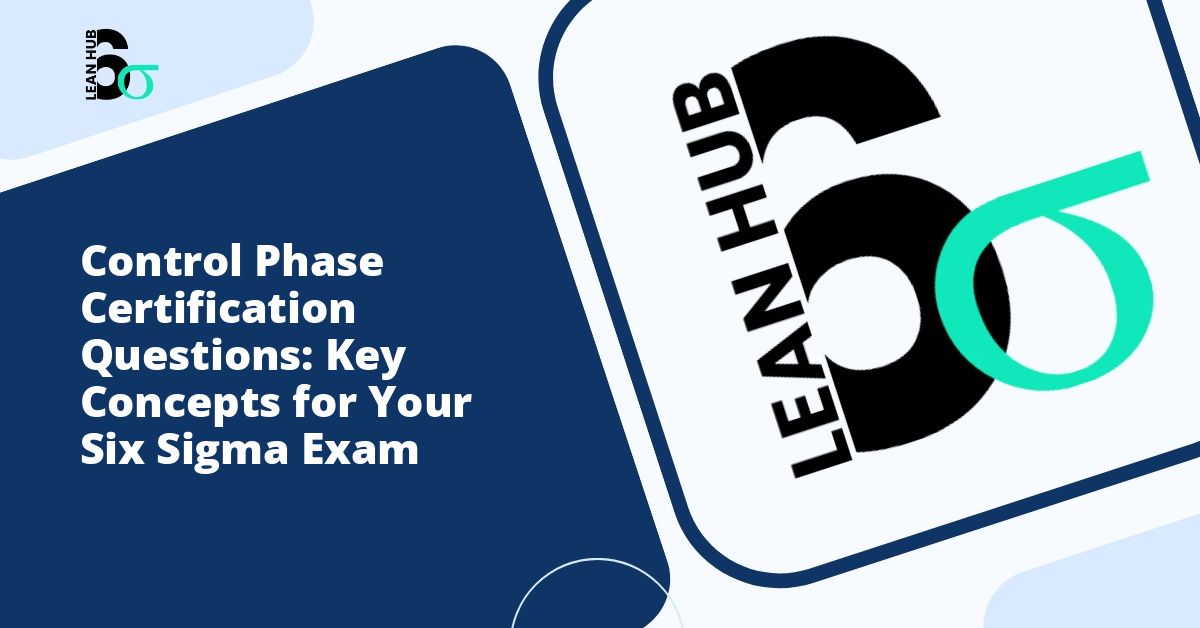Process audits serve as critical tools for organizations seeking to maintain quality standards, ensure compliance, and drive continuous improvement. These systematic examinations of business processes help identify gaps, inefficiencies, and opportunities for enhancement while verifying that operations align with established procedures and industry regulations. Understanding how to conduct effective process audits through proper verification and validation techniques can transform organizational performance and deliver measurable results.
Understanding Process Audits in Quality Management
A process audit is a structured evaluation method that examines whether specific processes are functioning as intended and producing desired outcomes. Unlike product audits that focus on finished goods or system audits that review entire management systems, process audits concentrate on the activities, resources, and behaviors that transform inputs into outputs. These audits provide organizations with valuable insights into process effectiveness, efficiency, and compliance with predetermined standards. You might also enjoy reading about Process Monitoring Frequency: How Often Should You Check Your Metrics for Optimal Performance.
The primary objective of conducting process audits is to verify that documented procedures are being followed correctly and to validate that these procedures actually produce the intended results. This dual approach of verification and validation ensures both procedural compliance and practical effectiveness, creating a comprehensive quality assurance framework. You might also enjoy reading about Audit Plans for Six Sigma Projects: Ensuring Long-Term Process Compliance and Success.
The Role of Lean Six Sigma in Process Auditing
Organizations implementing lean six sigma methodologies find process audits particularly valuable for sustaining improvements and preventing process degradation. Lean six sigma provides a structured framework for process optimization, and audits serve as checkpoints to ensure that improvements remain embedded in daily operations. The DMAIC (Define, Measure, Analyze, Improve, Control) cycle within lean six sigma naturally incorporates audit activities, especially during the Control phase where organizations must verify that improvements are sustained over time. You might also enjoy reading about Response Plan Development: What to Do When Your Process Goes Out of Control.
The recognize phase in quality management frameworks emphasizes the importance of acknowledging current process conditions before implementing changes. During this initial stage, auditors must recognize existing process variations, identify baseline performance metrics, and understand the current state thoroughly. This recognition serves as the foundation for meaningful verification and validation activities throughout the audit process.
Verification Techniques for Process Audits
Verification focuses on confirming that processes are executed according to documented specifications, procedures, and standards. This aspect of auditing answers the question: “Are we doing things right?”
Document Review and Comparison
The verification process begins with comprehensive document review. Auditors must examine standard operating procedures (SOPs), work instructions, quality manuals, and process flowcharts to understand what should be happening. This documentation serves as the benchmark against which actual practices are measured. Effective document review involves checking for document currency, accessibility, and clarity while ensuring that all process steps are adequately documented.
Direct Observation Methods
Observing processes in real-time provides invaluable verification data. Auditors should spend time on the production floor, in service delivery areas, or wherever processes occur to witness actual practices. During observations, auditors should note whether employees follow documented procedures, use prescribed tools and equipment correctly, and maintain required records. This technique reveals the gap between documented and actual practices, highlighting areas where additional training or process clarification may be needed.
Interviews and Questionnaires
Engaging with process participants through structured interviews or questionnaires helps verify understanding and compliance. Auditors should ask open-ended questions about process steps, decision points, and handling of exceptions. These conversations often reveal informal workarounds, undocumented practices, or confusion about procedures that may not be apparent through observation alone.
Records and Data Examination
Verification requires examining process records, inspection reports, calibration certificates, training records, and other documentation that provides evidence of process execution. Auditors should sample records across different time periods and shifts to ensure consistency. This technique helps verify that required checks are performed, data is recorded accurately, and traceability is maintained throughout the process.
Validation Techniques for Process Audits
While verification confirms procedural compliance, validation ensures that processes actually achieve their intended purposes and deliver desired outcomes. Validation answers the question: “Are we doing the right things?”
Performance Metrics Analysis
Validation begins with examining key performance indicators (KPIs) that measure process outputs and outcomes. Auditors should analyze metrics such as defect rates, cycle times, yield percentages, customer satisfaction scores, and cost per unit. Comparing actual performance against targets reveals whether processes are effectively meeting organizational objectives. This analysis should include trend data to identify patterns of improvement or degradation over time.
Customer Feedback Integration
Processes exist to deliver value to customers, making customer feedback essential for validation. Auditors should review customer complaints, satisfaction surveys, return rates, and other customer-related data to validate that processes meet external expectations. This external perspective often reveals process weaknesses that internal measures might miss.
Process Capability Studies
Statistical process capability analysis validates whether a process can consistently produce outputs within specified limits. Auditors can use capability indices such as Cp and Cpk to assess process performance relative to specification limits. These studies provide objective evidence of process effectiveness and highlight opportunities for improvement.
End-to-End Testing
Validation may require following specific items or transactions through the entire process from beginning to end. This technique helps auditors understand how different process steps interact and whether handoffs between departments or functions occur smoothly. End-to-end testing often reveals systemic issues that affect overall process effectiveness despite individual steps functioning correctly.
Planning and Preparing for Process Audits
Successful process audits require thorough planning and preparation. Organizations should develop an annual audit schedule that covers all critical processes, allocating more frequent audits to higher-risk areas. Audit teams should be selected based on competence, independence, and appropriate authority.
Before conducting audits, teams must define clear audit objectives, scope, and criteria. This preparation includes developing audit checklists, identifying process owners and participants, and scheduling adequate time for thorough examination. Proper preparation ensures that audits are focused, efficient, and produce actionable results.
Conducting the Audit and Gathering Evidence
During the audit execution phase, auditors must maintain objectivity while gathering sufficient evidence to support findings. Opening meetings should establish rapport with process participants and clarify audit objectives. Throughout the audit, auditors should take detailed notes, photograph relevant conditions when appropriate, and collect copies of records for later analysis.
Effective auditors balance thoroughness with efficiency, following their audit plan while remaining flexible to investigate unexpected findings. They should communicate observations clearly and provide process owners with opportunities to explain situations or provide additional context.
Reporting Findings and Driving Improvement
Audit findings should be documented in clear, factual reports that distinguish between observations, non-conformances, and opportunities for improvement. Each finding should include specific evidence, reference relevant standards or procedures, and explain the potential impact. Reports should be timely, allowing organizations to address issues while they remain fresh.
Closing meetings provide opportunities to present findings, discuss corrective actions, and agree on timelines for resolution. The most effective audits culminate in actionable improvement plans with assigned responsibilities and follow-up mechanisms.
Establishing Continuous Improvement Through Audits
Process audits should not be viewed as isolated events but rather as elements of a continuous improvement cycle. Organizations should track audit findings over time, identifying recurring issues that may indicate systemic problems. Audit data should feed into management review processes, informing strategic decisions about process investments and improvement priorities.
By treating audits as learning opportunities rather than fault-finding exercises, organizations create cultures where process examination drives innovation and excellence. This positive approach encourages transparency, promotes problem-solving, and ultimately strengthens organizational capability.
Conclusion
Conducting effective process audits through proper verification and validation techniques provides organizations with powerful tools for maintaining quality, ensuring compliance, and driving continuous improvement. By combining verification methods that confirm procedural compliance with validation techniques that assess process effectiveness, auditors deliver comprehensive insights into organizational performance. When integrated with frameworks like lean six sigma and conducted systematically, process audits become catalysts for operational excellence and sustained competitive advantage.








